Do you feel a bit confused by the many types of leather out there, especially synthetic leather? It can seem tricky, like being in a maze! But don’t worry—this guide will help you easily understand synthetic leather and what it offers.
Understanding Synthetic Leather
Synthetic leather, often called faux leather or vegan leather, is a man-made material designed to look and feel like real leather. It is primarily made from plastic-based materials like polyurethane (PU) or polyvinyl chloride (PVC). This type of leather is a cruelty-free alternative to traditional leather, although it does come with its environmental concerns.
Synthetic Leather vs. Real Leather
When deciding between synthetic and real leather, there are some important factors to consider:
1. Durability
Real leather is known for its durability. With proper care, it can last for decades, developing a beautiful patina over time. In contrast, synthetic leather might not stand up as well to wear, and develop unpleasant odors that can be removed and tear, showing signs of damage more quickly.
2. Waterproof
Synthetic leather is usually more waterproof than real leather. It repels water well, making it great for bags and shoes. Real leather can be treated for water resistance through waterproofing methods, but it can still be damaged by moisture. So, for water-resistant products, synthetic leather is often the better option.
3. Longevity
Because of its durability, real leather products can become cherished heirlooms, passed down through generations. Synthetic leather, however, may require more frequent replacements as it wears out faster.
4. Environmental Impact
Traditionally, real leather raised environmental concerns, but modern methods are more sustainable, utilizing by-products from the meat industry and reducing waste. In contrast, synthetic leather relies on petrochemicals, contributing to pollution. Alternatives like cork and mushroom leather are sustainable but may lack durability.
5. Comfort and Breathability
Real leather is comfortable and breathable, adapting to your body over time. This quality makes it perfect for items like shoes and upholstery. Synthetic leather, while often more affordable, may not provide the same level of comfort, especially in warmer weather.
The Making of Synthetic Leather
Now, let’s take a closer look at how synthetic leather is made. The process combines science with creativity:
1. Mixing the Ingredients
Scientists blend various substances like polymers and chemicals to create a consistent mixture that mimics real leather.
2. Forming the Base
This mixture is spread onto a backing material to create a thin layer, which serves as the foundation for the synthetic leather.
3. Adding Texture and Finish
Different techniques, like embossing and printing, are used to give the synthetic leather its texture and pattern, making it look more like the real thing.
4. Enhancing Durability
Protective coatings are applied to ensure that synthetic leather can withstand wear and tear. These coatings can give it either a glossy or matte finish, depending on the desired look.
5. Innovations for Sustainability
With more people seeking eco-friendly products, researchers are working on new ways to make synthetic leather more sustainable, including using recycled materials.
Types of Synthetic Leather
Synthetic leather comes in various types, each suited to different needs and styles. Here are some popular options:
-
PU Leather: This type is soft and has a leather-like feel. It's often used for jackets, handbags, and shoes because of its wide range of colors and textures.
-
PVC Leather: Also known as vinyl leather, this option is durable, waterproof, and easy to clean. It's commonly found in upholstery, automotive interiors, and outdoor gear.
-
Microfiber Leather: Combining the softness of suede with synthetic materials, microfiber leather is breathable and has a luxurious texture. It’s great for upholstery and accessories.
-
Bio-based Leather: Made from renewable resources like plants, this eco-friendly option offers similar qualities to traditional synthetic leather but with less environmental impact.
-
Recycled Leather: This type transforms leather scraps into new products, reducing waste while creating unique, patchwork-like designs.
-
Silicone Leather: Known for its durability, silicone leather is waterproof and resistant to stains, making it suitable for demanding applications.
Pros and Cons of Synthetic Leather
Like any material, synthetic leather has its advantages and disadvantages. Let’s take a look at both:
Pros
-
Affordability: Synthetic leather is generally more affordable than real leather, making it a great choice for those on a budget.
-
Variety: It comes in many colors, textures, and finishes, giving you plenty of options to match your style.
-
Sustainability: Some manufacturers focus on eco-friendly practices, using sustainable materials and methods to reduce their environmental impact.
-
Versatility: Synthetic leather can be styled in many ways just like real leather. It is also used in upholstery, automotive interiors, and more, making it a popular choice for a wide range of products.
Cons
-
Lack of Breathability: It doesn’t breathe as well as real leather, which can lead to discomfort, especially in hot weather.
-
Less Natural Feel: Although synthetic leather mimics the look of real leather, it often doesn’t provide the same tactile experience.
-
Environmental Impact: Despite some sustainable practices, the production of synthetic materials still has environmental consequences.
-
Limited Longevity: While it’s durable, synthetic leather may not last as long as genuine leather and can show signs of wear over time.
-
Limited Biodegradability: Unlike real leather, synthetic leather can take a long time to break down in landfills, contributing to waste management challenges.
Caring for Synthetic Leather
To keep your synthetic leather items looking their best, proper care is essential. Here are some tips:
-
Cleaning: Regularly wipe your synthetic leather with a damp cloth to remove dirt. Avoid harsh chemicals that could damage it.
-
Conditioning: Use a synthetic leather conditioner to restore moisture and flexibility, helping prevent cracking.
-
Avoiding Heat and Sunlight: Keep synthetic leather away from heat and direct sunlight to prevent drying and brittleness. Store it in a cool, dry place.
-
Preventing Stains: Blot spills immediately with a clean cloth. For stubborn stains, use a mild soap solution to gently dab the area.
-
Waterproofing: Consider using a waterproofing spray designed for synthetic leather. Always test it on a small area first.
-
Storage: Store your items in breathable dust bags to protect them from dust and scratches, avoiding plastic bags that can trap moisture.
-
Regular Inspection: Check your synthetic leather products for signs of wear like cracking or discoloration. Addressing these issues early can help extend their lifespan.
Conclusion
Synthetic leather offers a stylish and affordable alternative to real leather, but it’s essential to understand its pros and cons. By learning about this versatile material and how to care for it, you can make informed choices that fit your lifestyle. At Marco Enzolani, we believe in providing high-quality leather products that stand the test of time, allowing you to enjoy the best of both worlds. Whether you choose synthetic or genuine leather, make sure it reflects your style and values!


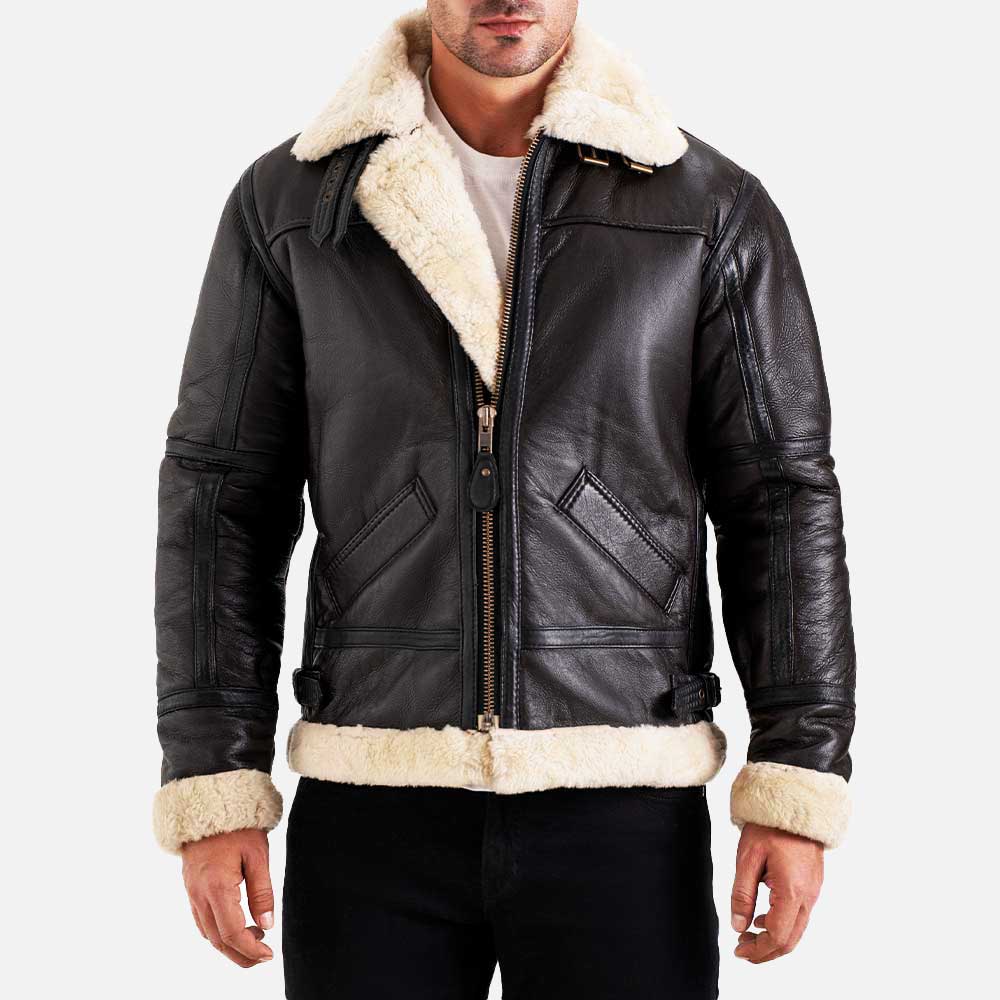
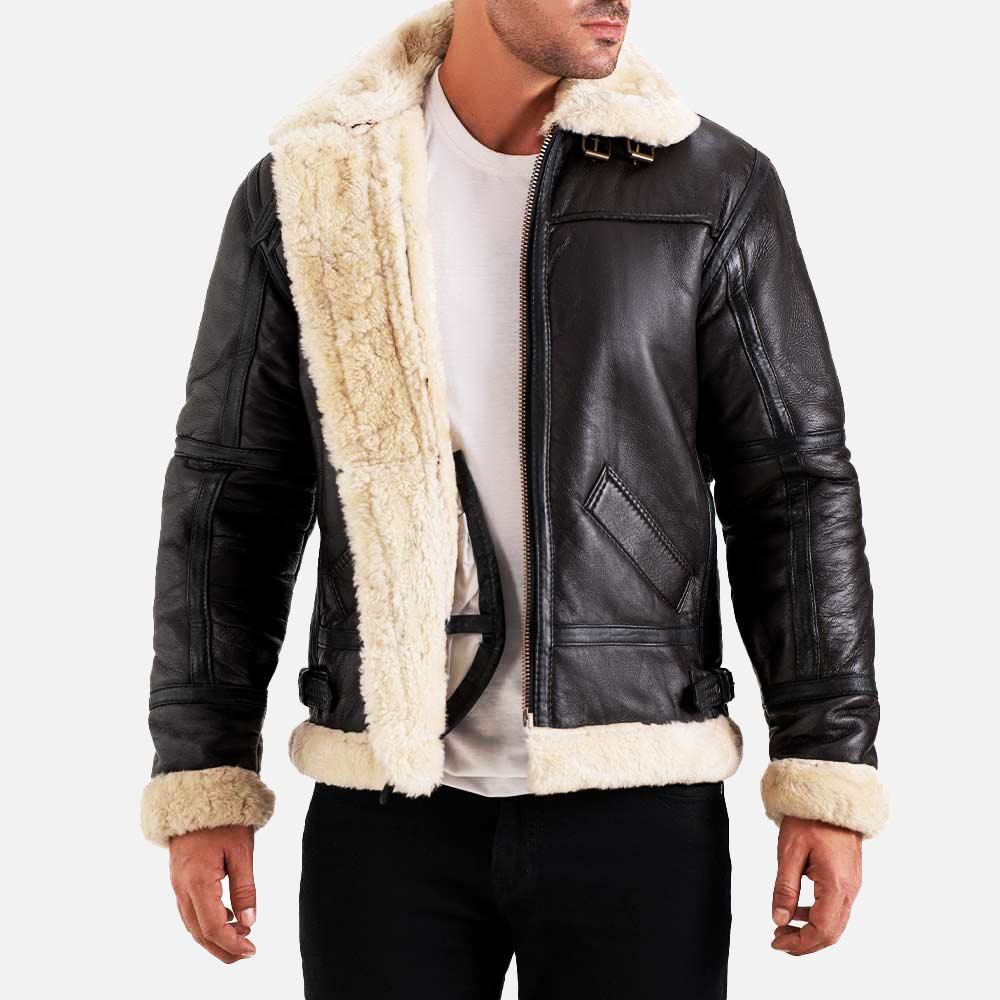
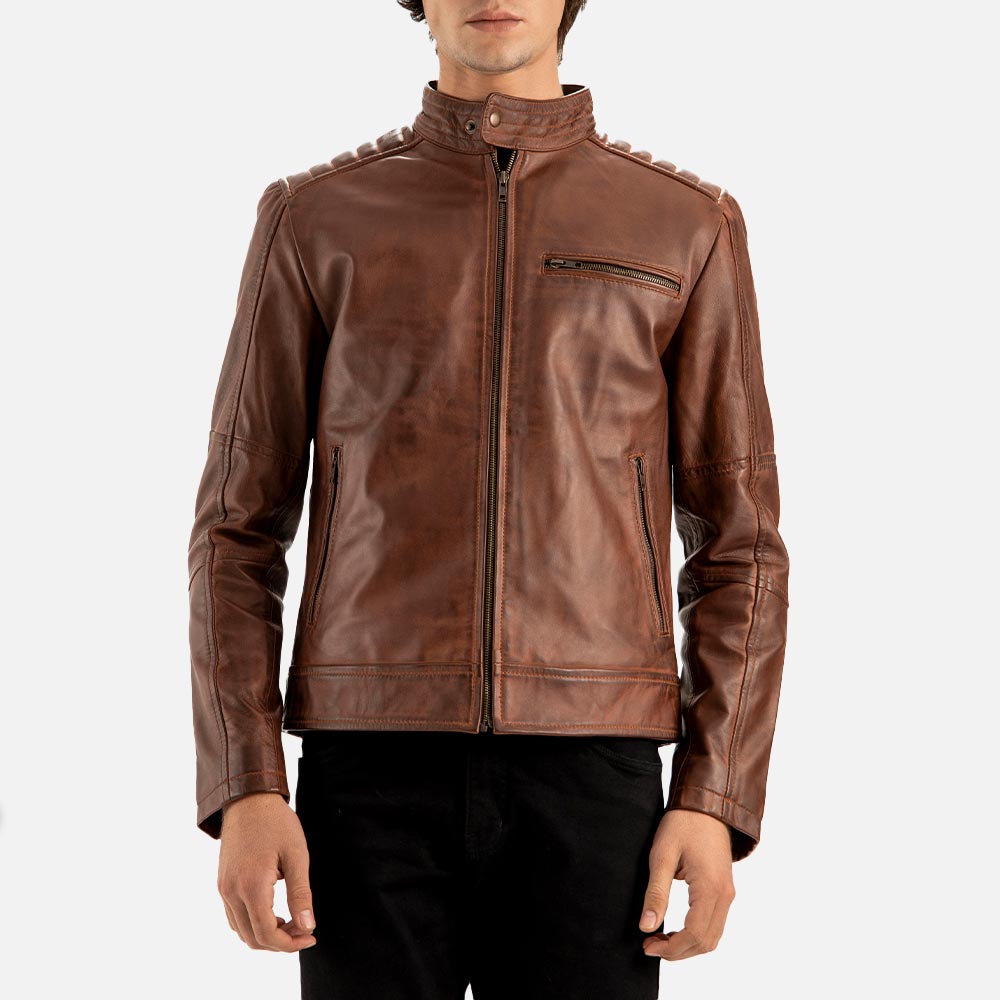
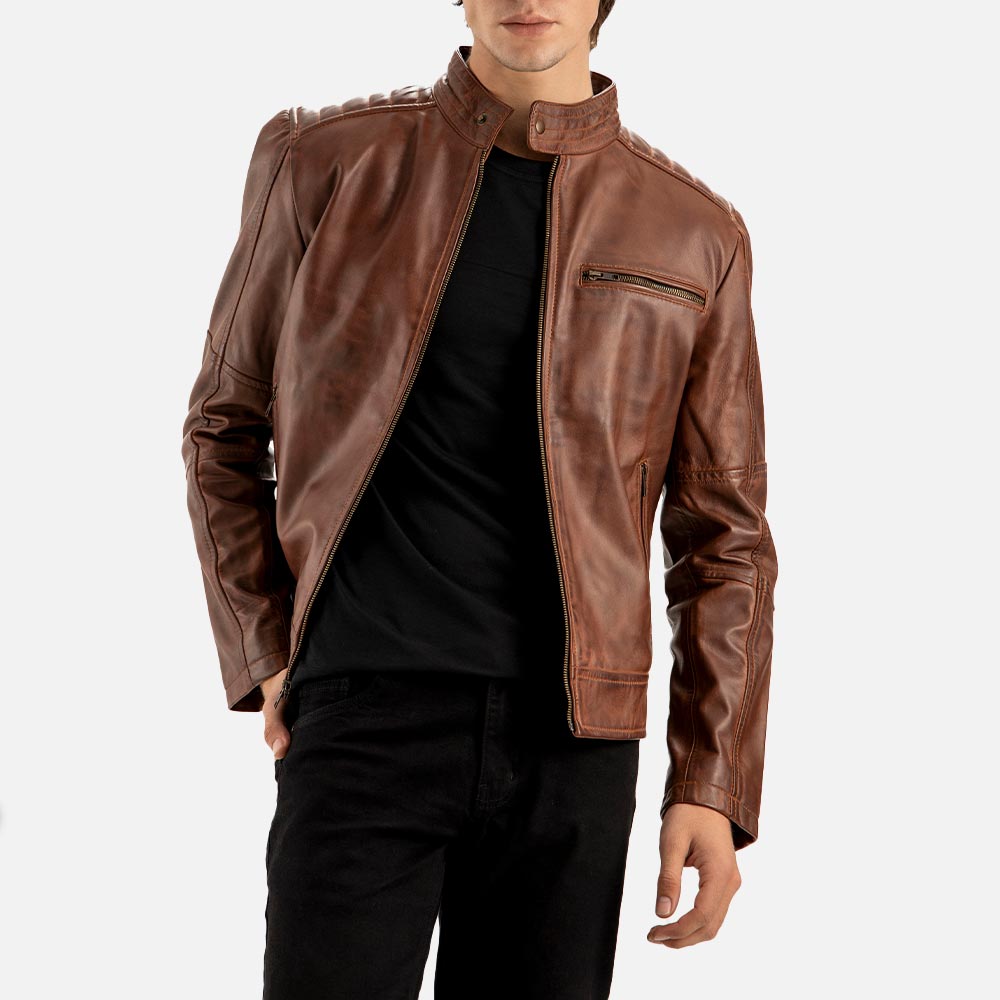
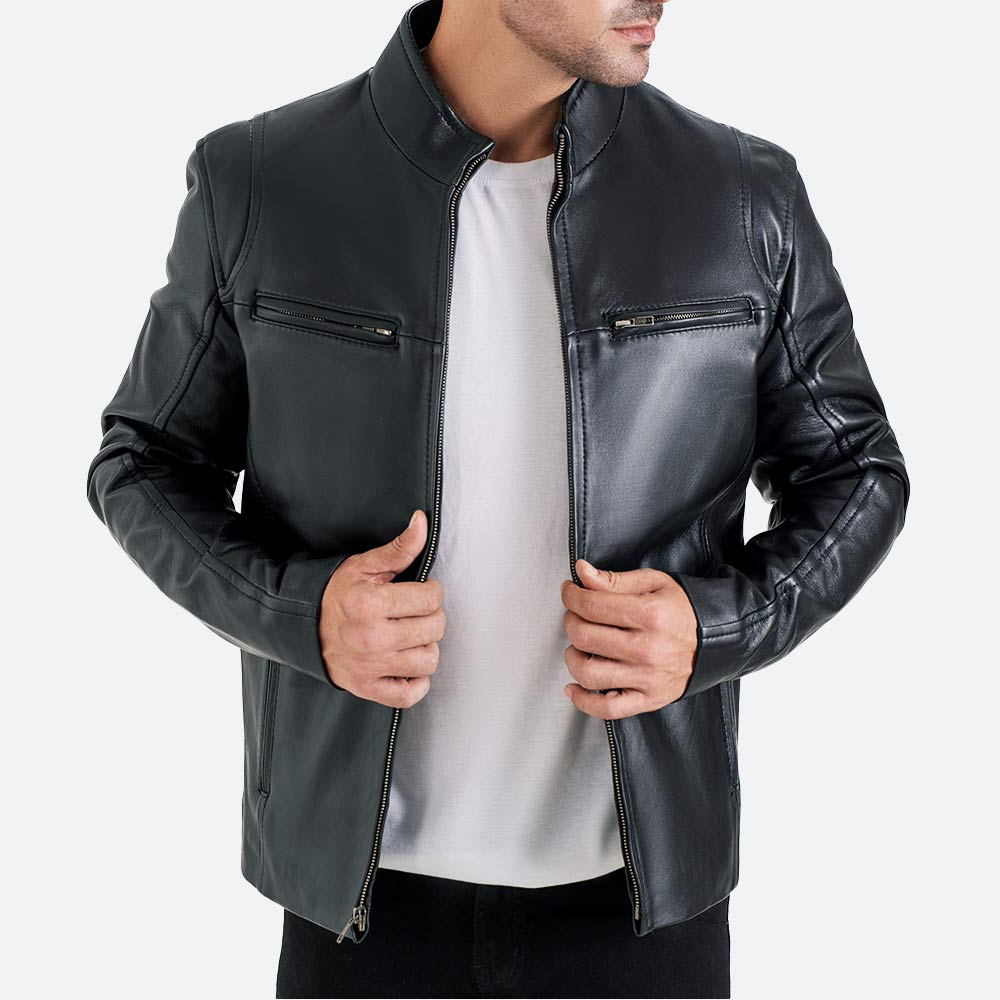
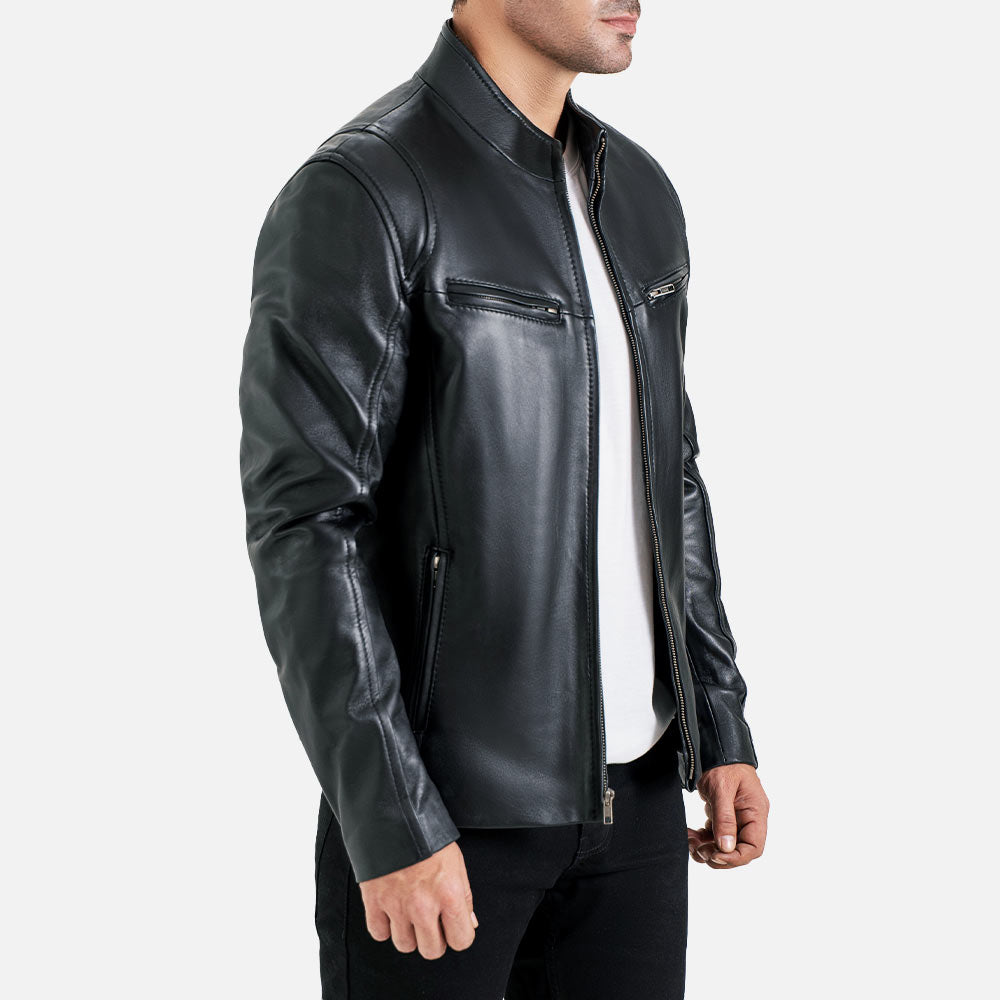
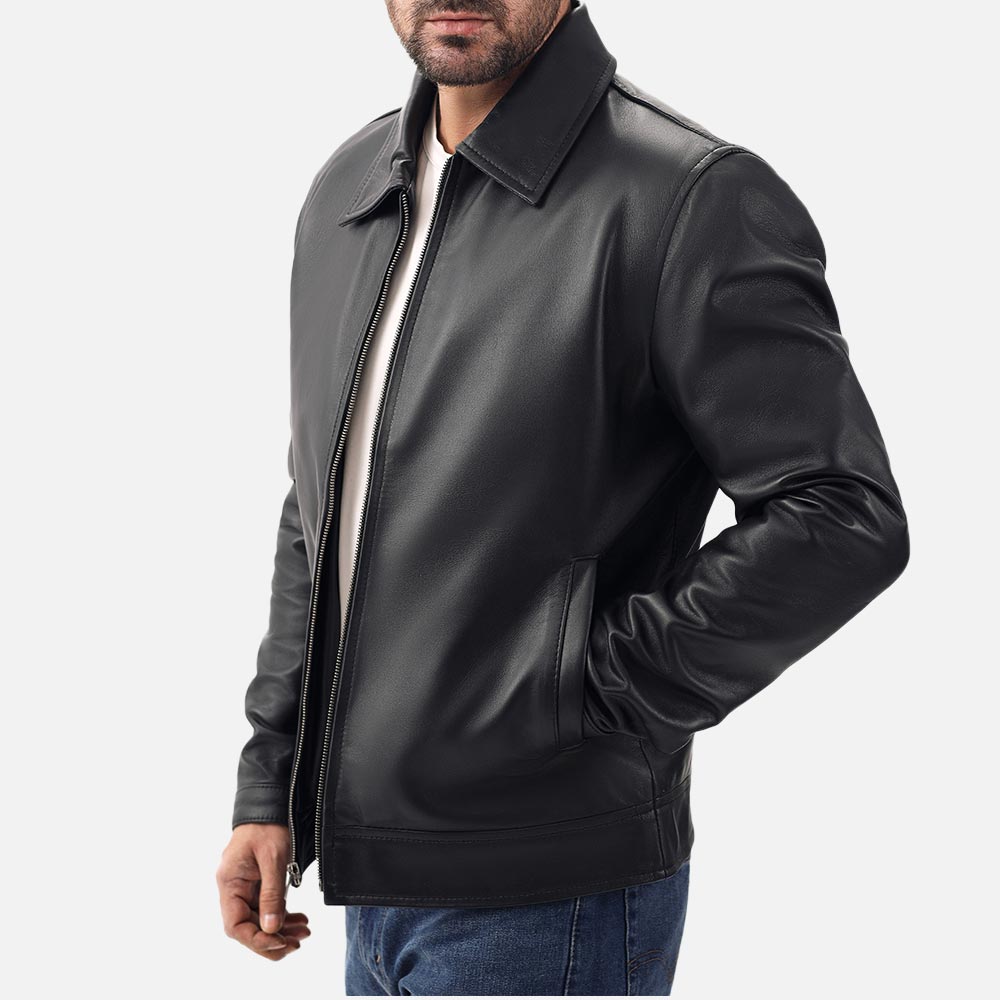
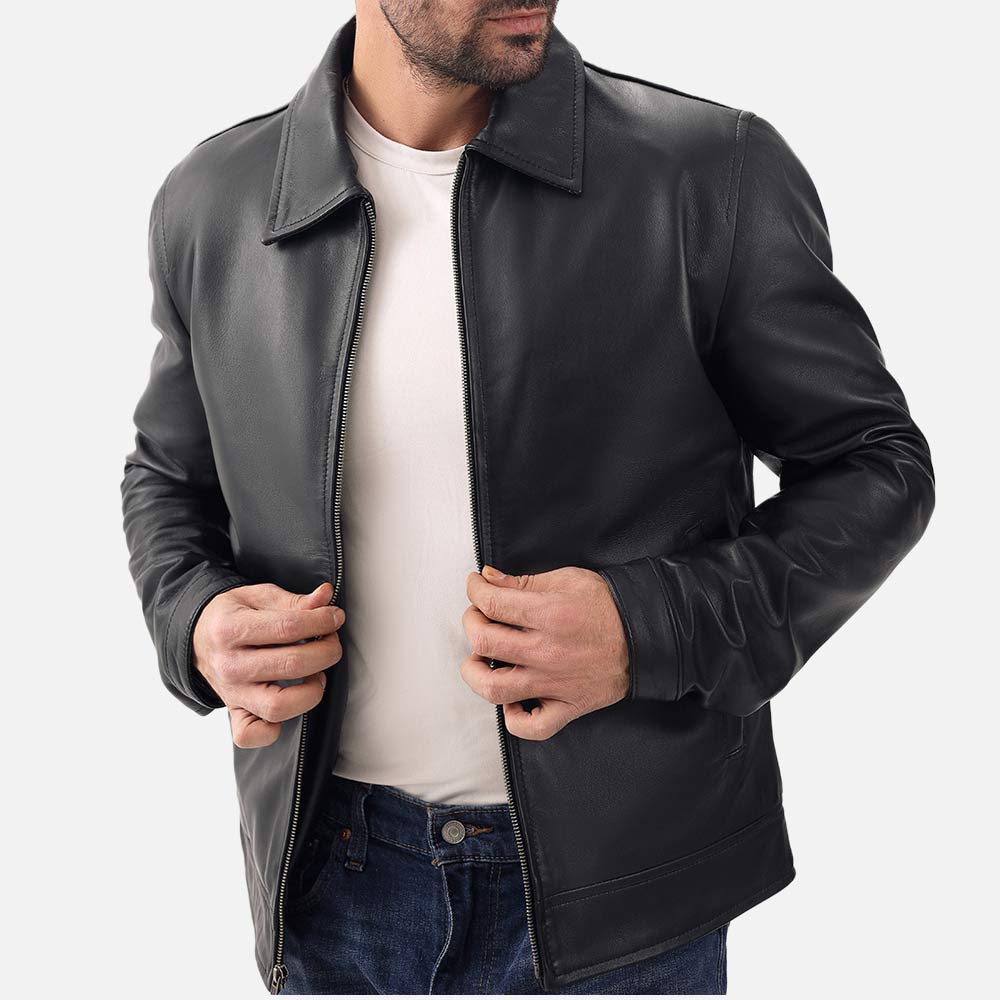
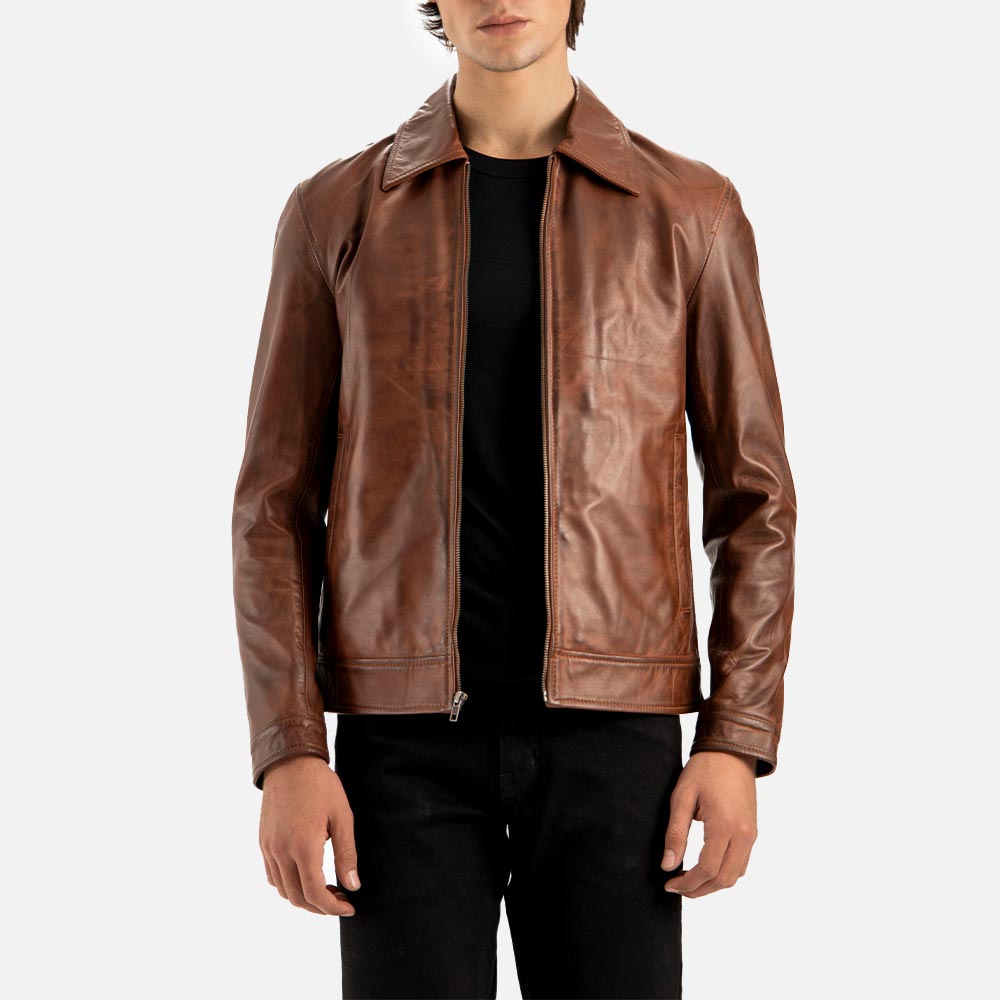
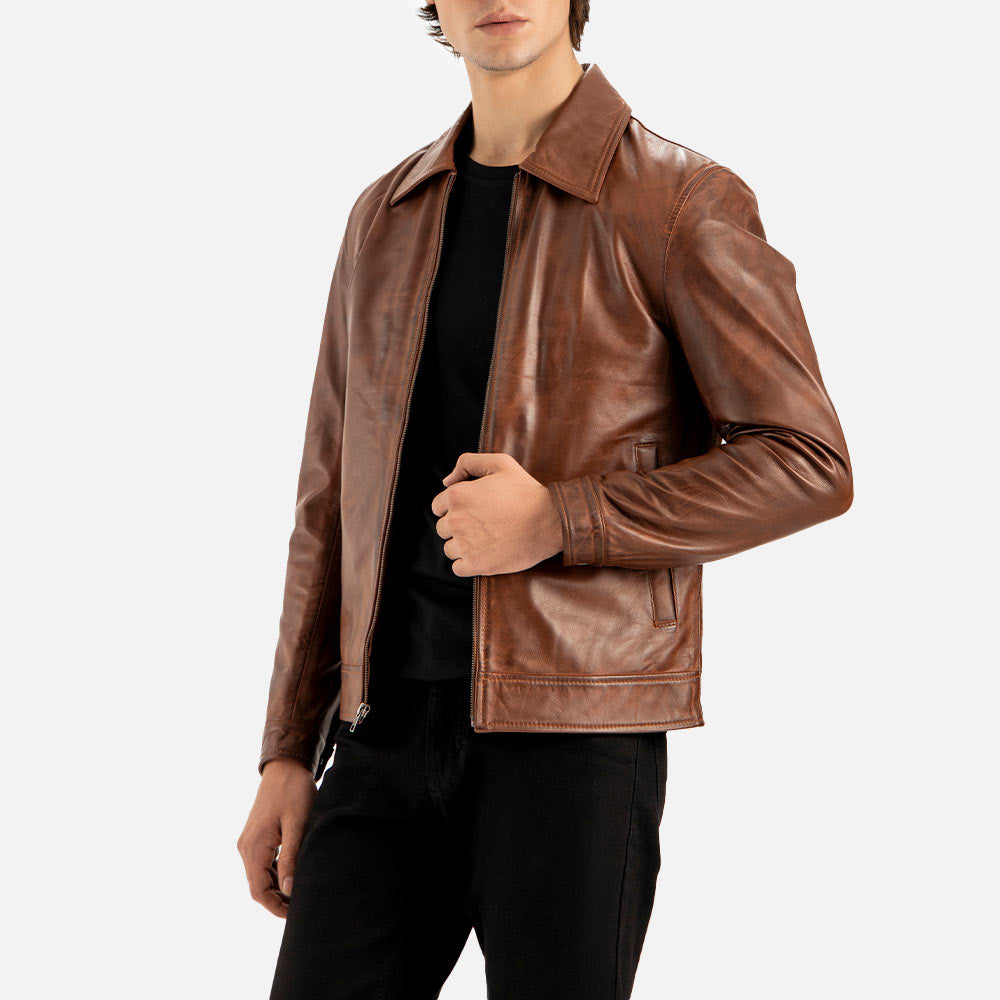
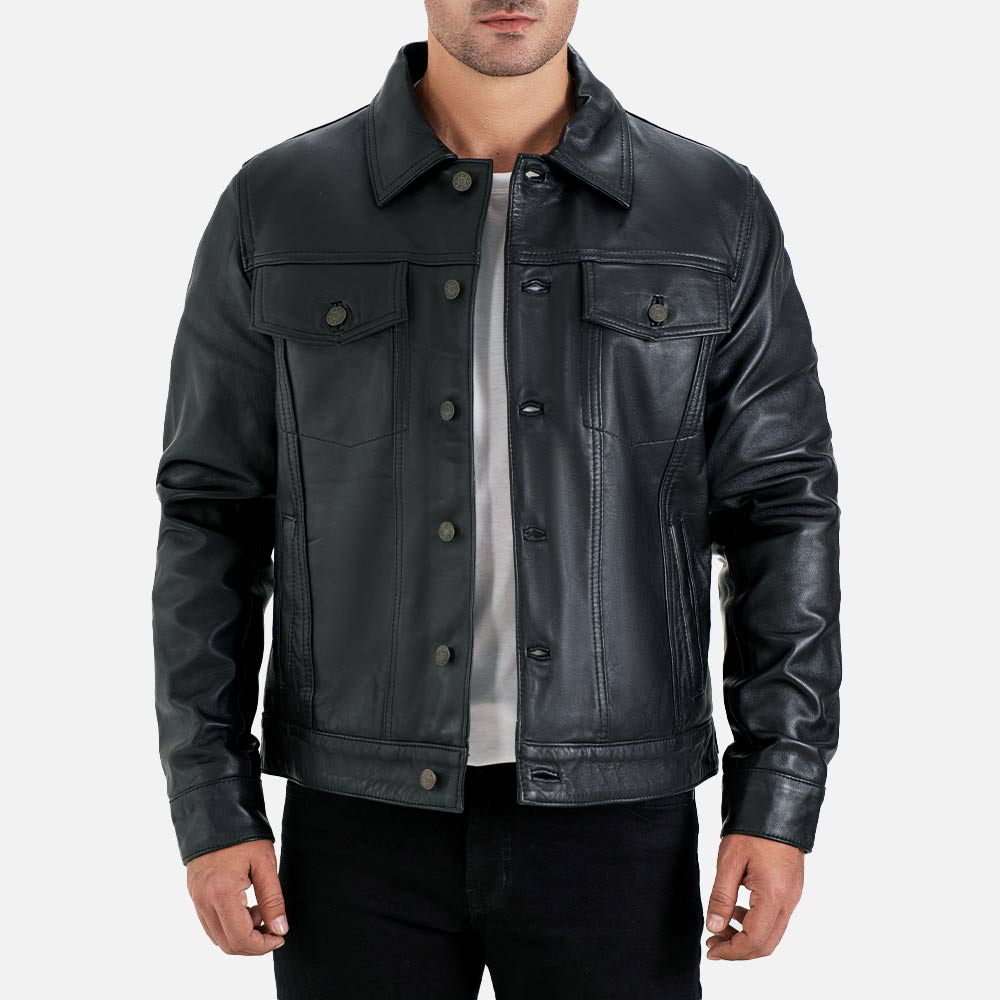
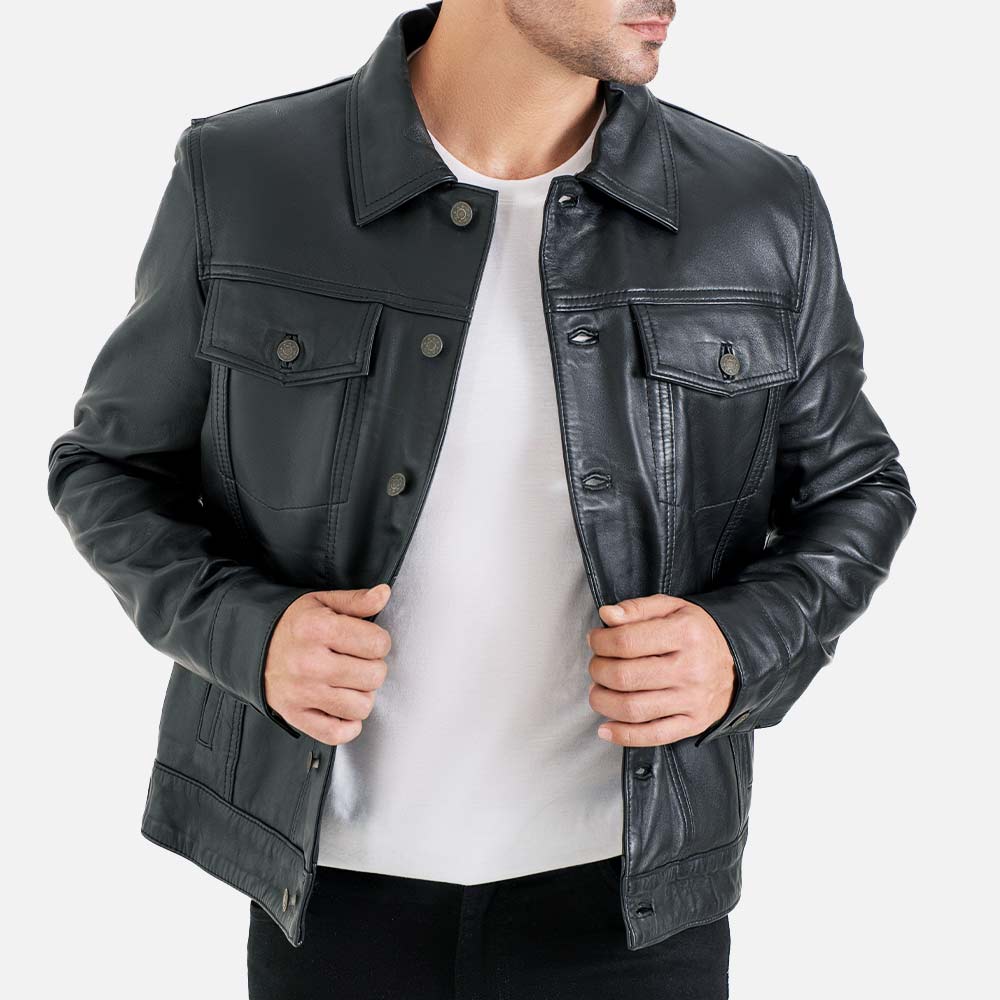
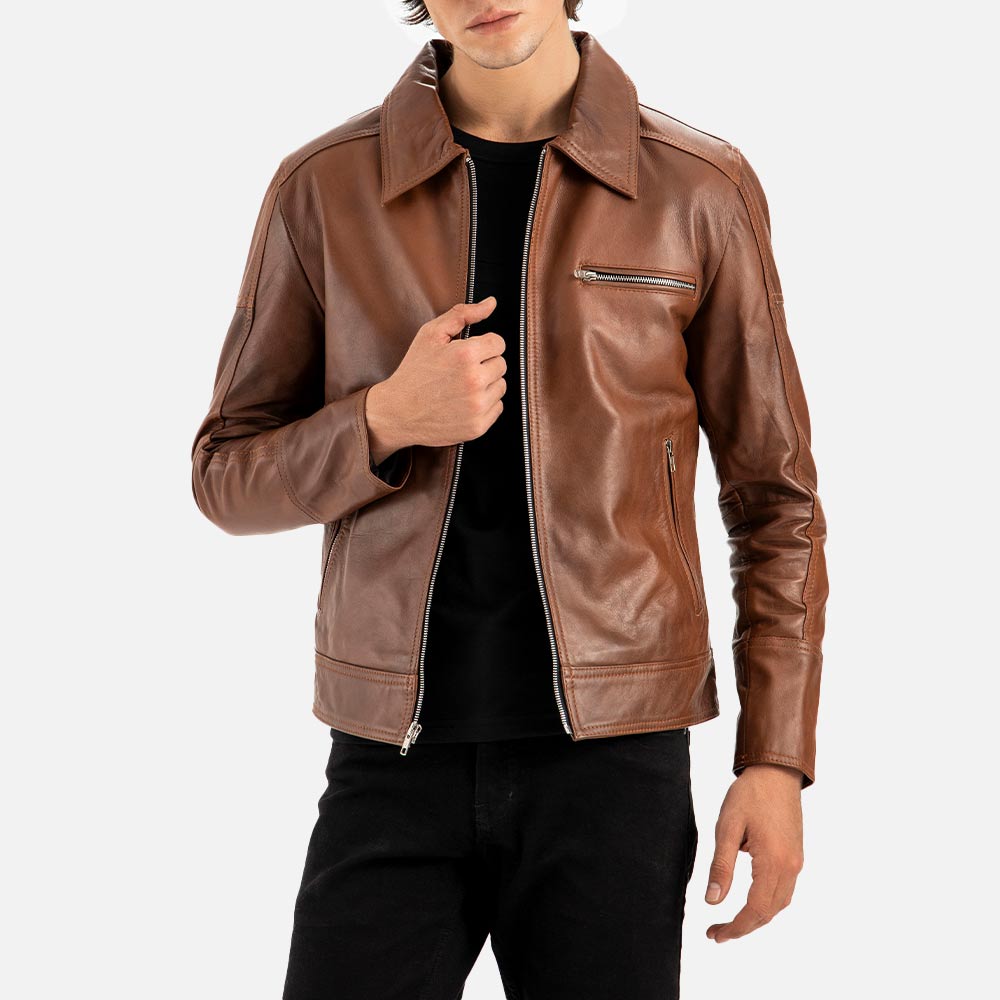
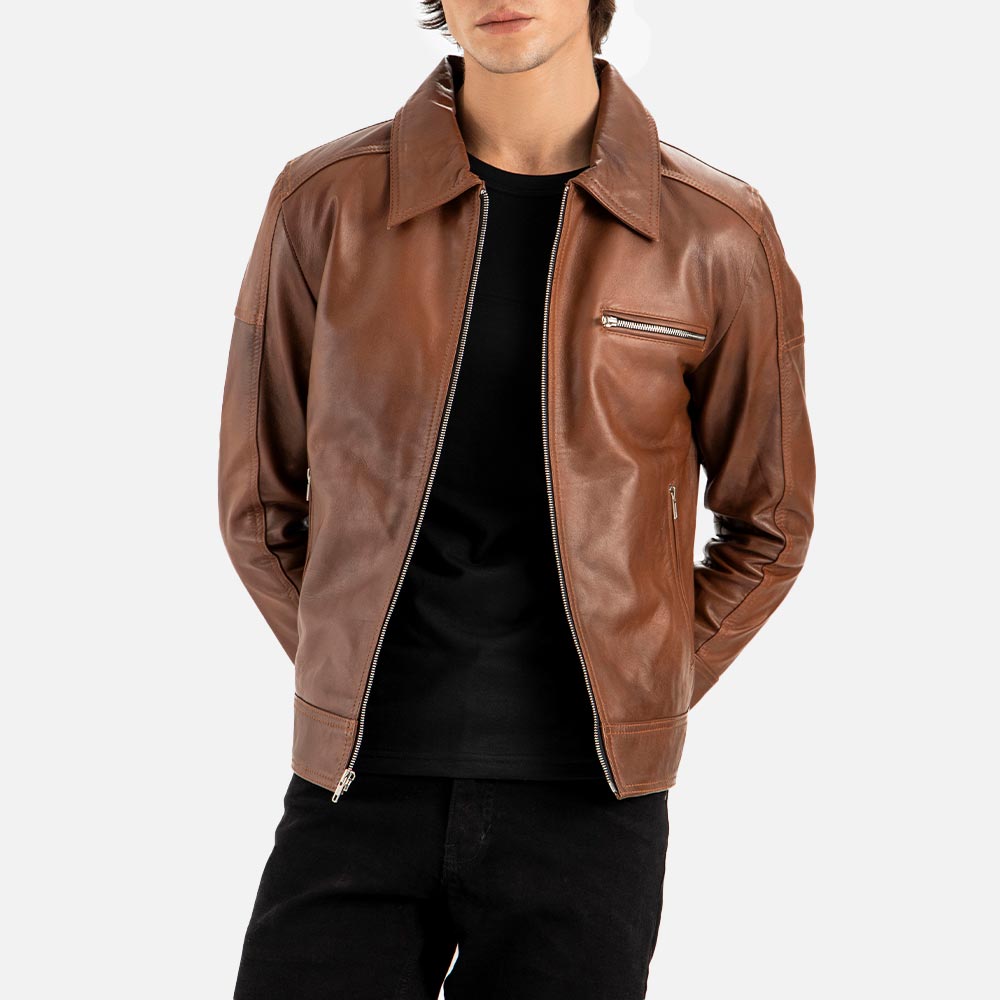
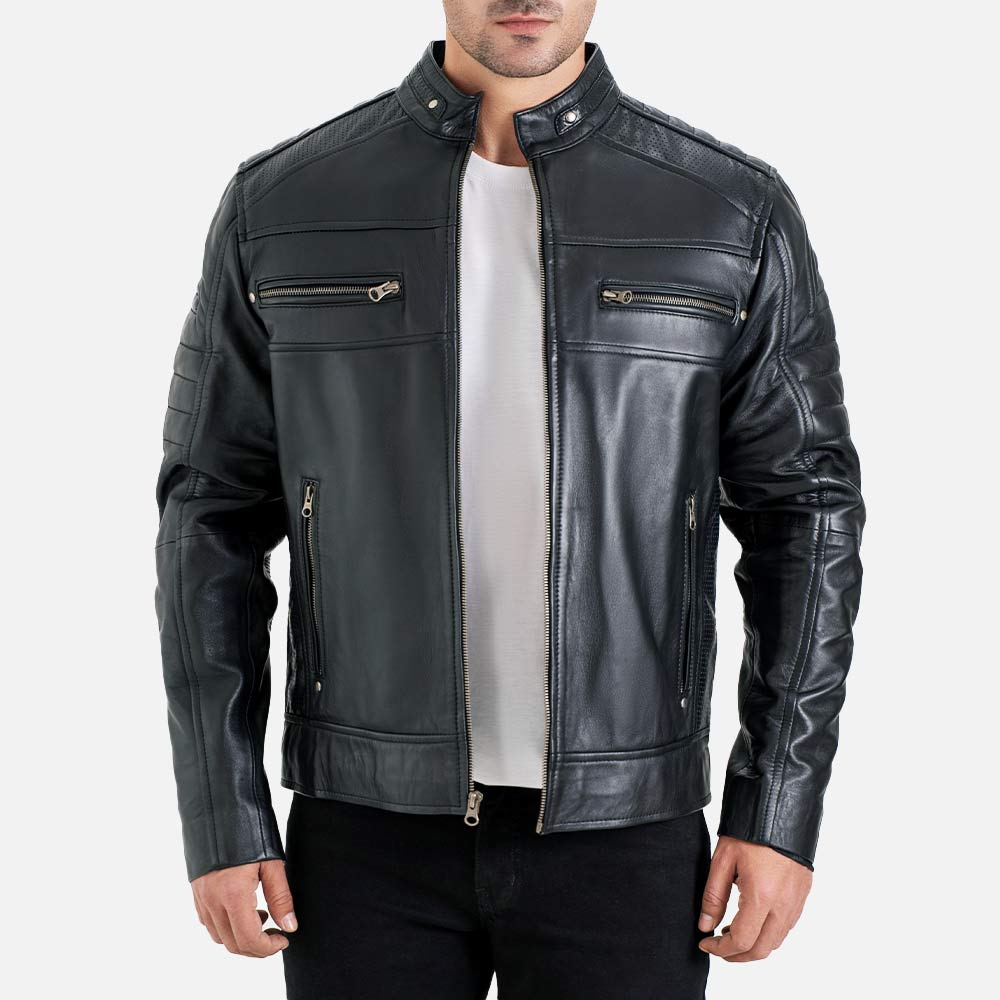
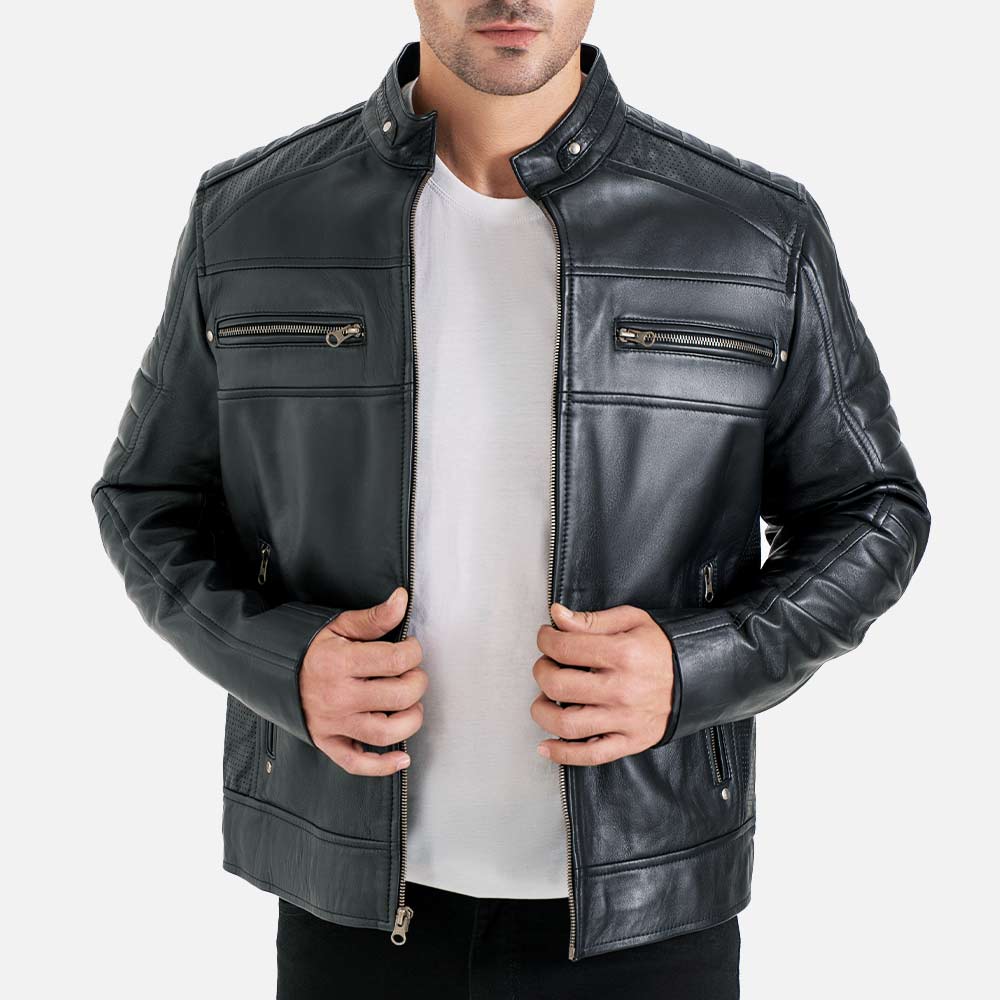
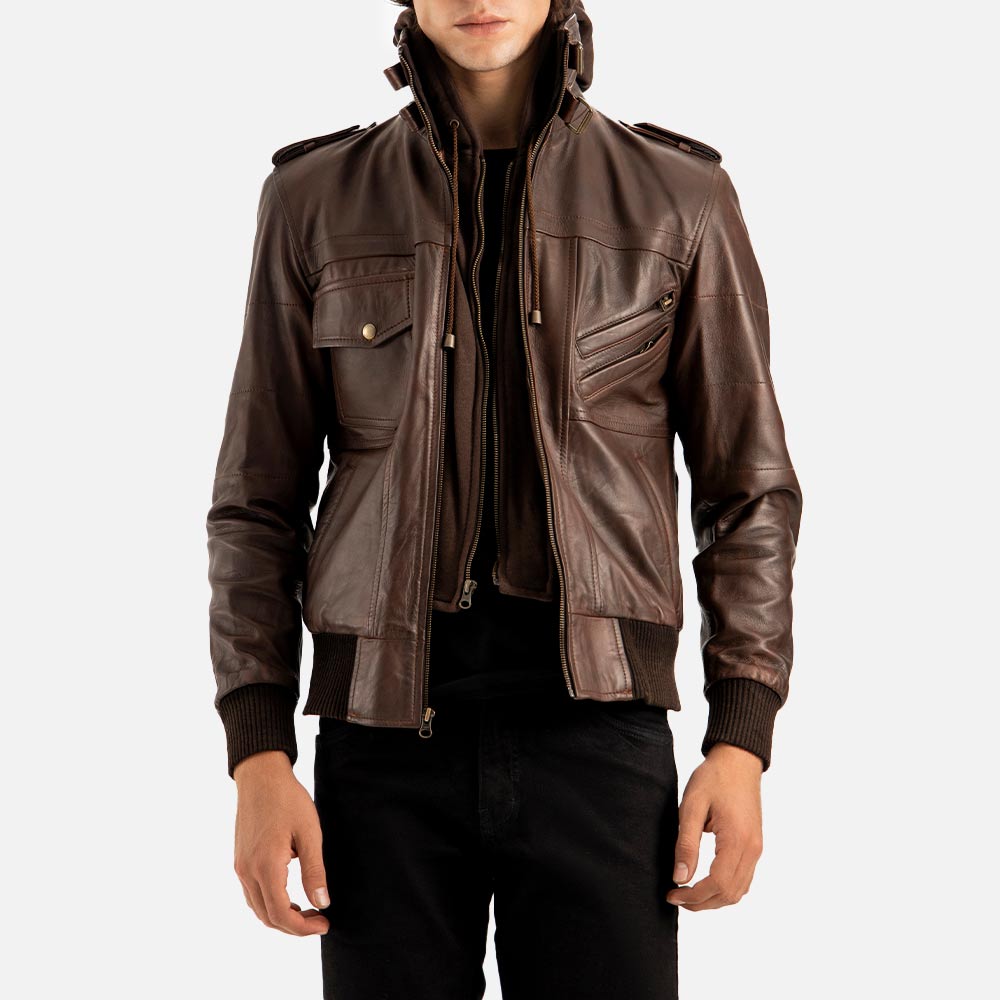

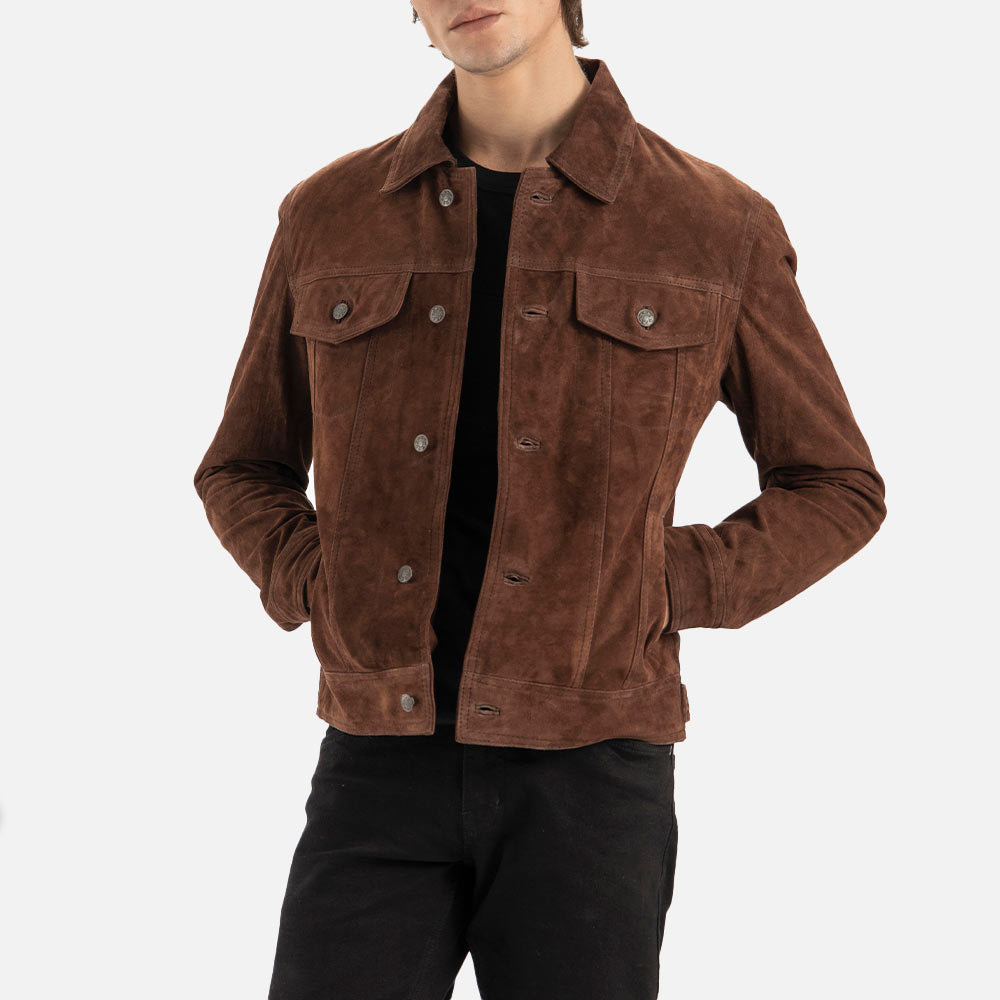
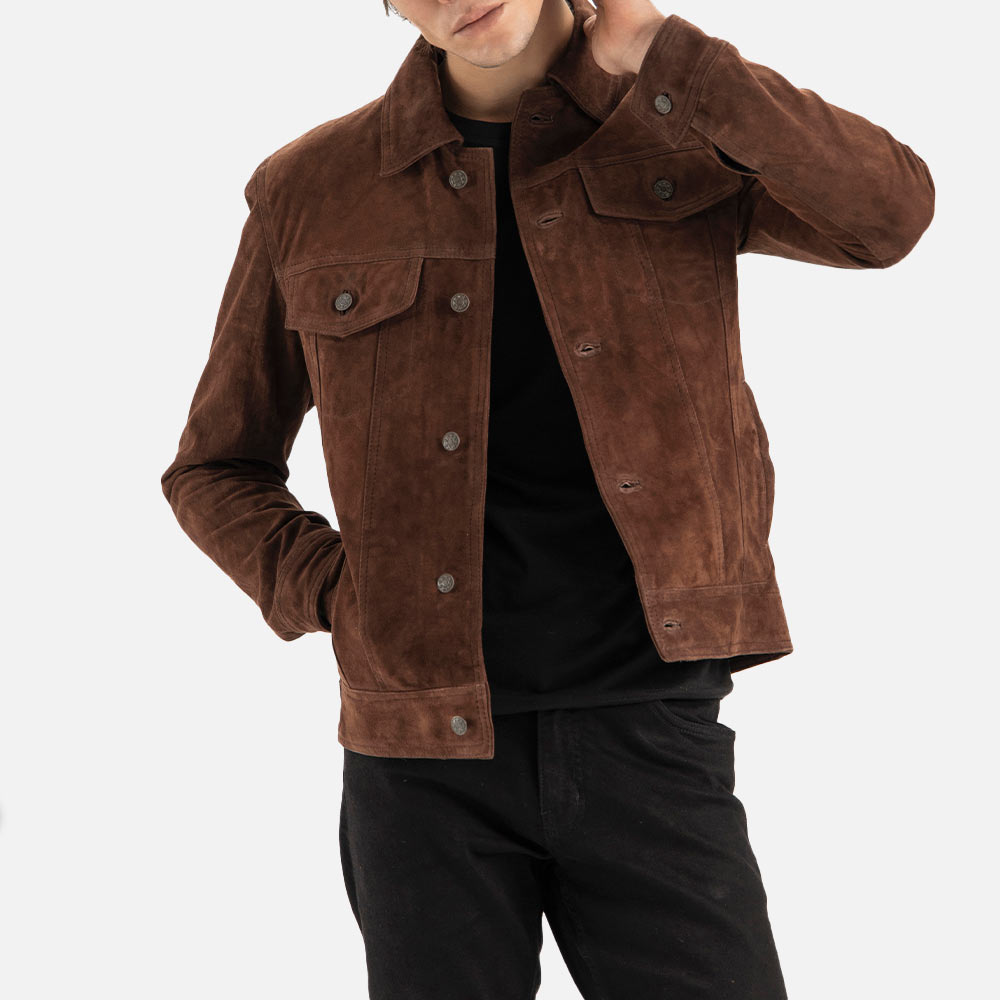


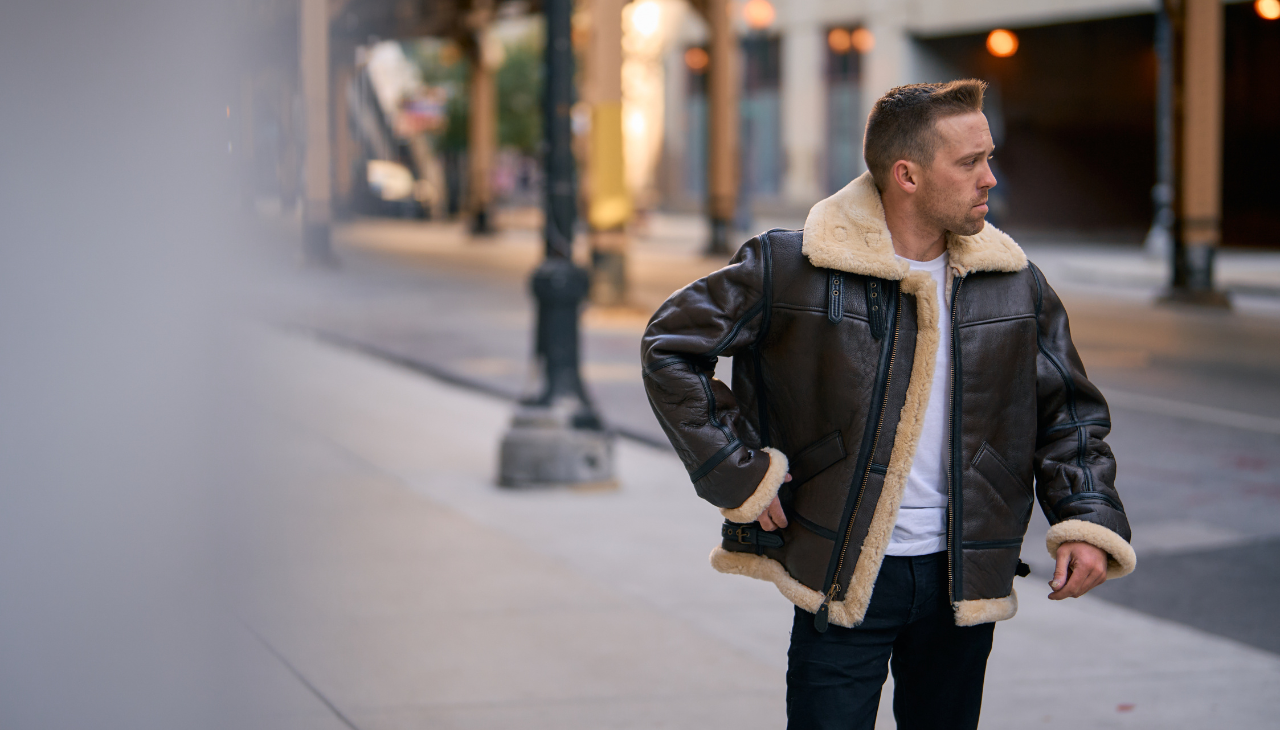



Leave a comment
This site is protected by hCaptcha and the hCaptcha Privacy Policy and Terms of Service apply.